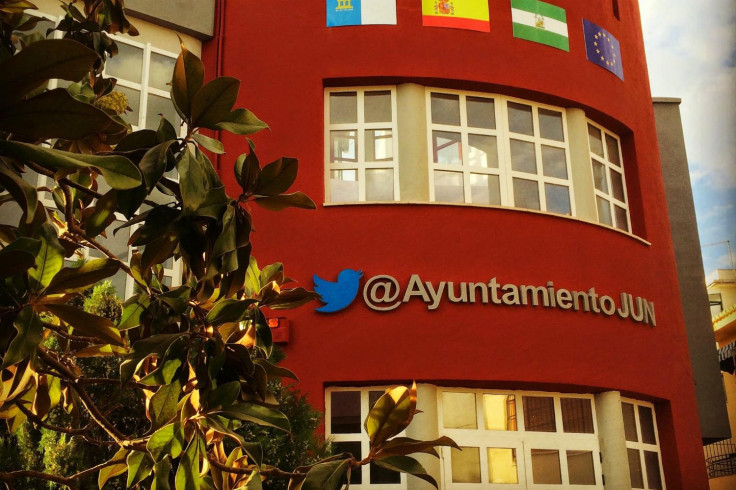Welcome to Twitter Town: How Spain is using social media to transform citizens' lives

A tiny town in Spain is being lauded as one of the most technologically advanced settlements in the world for using social media as its main method for connecting citizens to their local government, and could become a model for how other towns and cities communicate in future.
Jun is a small municipality with only 3,500 residents, located just north of the city of Granada in southern Spain, nestled in the foothills of the Sierra Nevada mountains in Andalucia. It is not well known, but what sets this settlement apart from any other is the fact that its citizens have been using Twitter for all civic services over the last five years.
Almost all the citizens have had their Twitter accounts locally verified at the local town hall so the local authority knows who they are, and they use the social network to communicate with Jun's mayor or his staff about any complaints, requests or queries they have.
Twitter enabling 24/7 communication with the people
Rather than having to wait in a queue or a hotline to be put through to a council department, send an email or try to contact someone in person, as is the norm in the UK, civic services and maintenance issues are sorted out immediately over Twitter, almost like a revolving public email-turned-message-board system.
A citizen can tweet the mayor late at night to inform him that a street light has stopped working on a particular street, and just nine minutes later, the mayor acknowledges the request, promises to have it fixed the next day, and in the same tweet, includes the Twitter handle of the town's electrician so he can find out the location of the problem.
And the next day, the electrician tweets a photo of the fixed fault so that the mayor and the citizen knows the job has been done and thanks the citizen for contacting them. All of this is done to show publicly that the local authority promises to solve the problem and the tweets all bear the hashtag #JunGetsMoving (translated from Spanish by MIT).
But maintenance of public facilities are not the only things being handled via Twitter – if you need a doctor's appointment, you tweet the local doctor's surgery and ask if they have any free slots available. If there are horses and cows on the road causing a traffic jam, you tweet so the council, police and fellow drivers know to help or avoid that part of town. If you find a lost or stray dog, you tweet a picture to the police so they can trace and rescue it.
Changing the future of local government
Rodríguez Salas has been the mayor of Jun since 2005 and the use of Twitter is an initiative he came up with, but it took a while to catch on. In 2011, he asked all public servants in the town, no matter how junior or senior, to sign up for an account on Twitter and tweet about their daily jobs, from council administration down to sanitation, according to the New York Times.
He also asked the citizens to do the same and then verify their accounts with their official national IDs, and by 2013, the directness of the communication medium fostered so much goodwill with the people that today everyone uses the social network to discuss local issues and even to share news about their lives with their neighbours, such as details about a newborn baby.
Some of the citizens love the Twitter model and see it as a sort of digital newspaper, but of course, you cannot please everyone, and MIT, which has been researching case studies of Twitter, found that the system can also make residents grow more impatient about when problems will be fixed and are not as willing to give the council enough time to problem-solve.
© Copyright IBTimes 2025. All rights reserved.






















